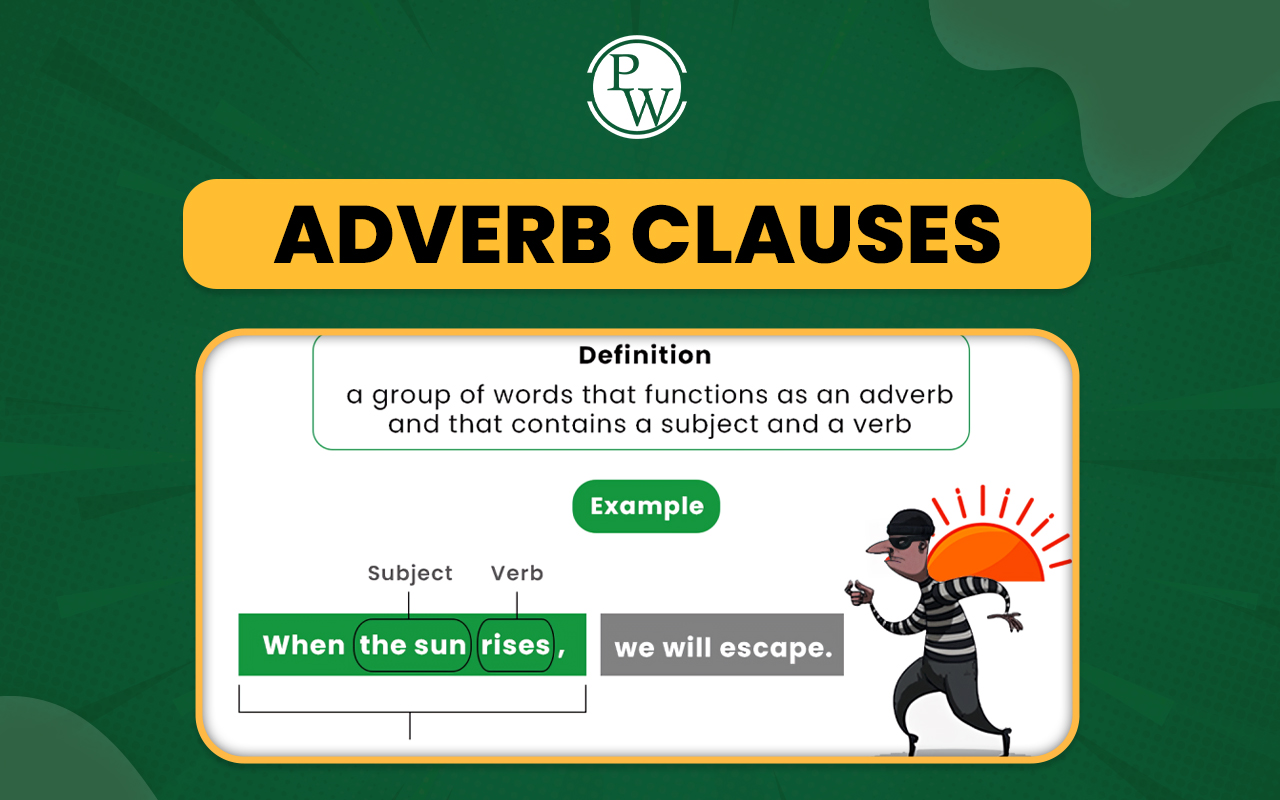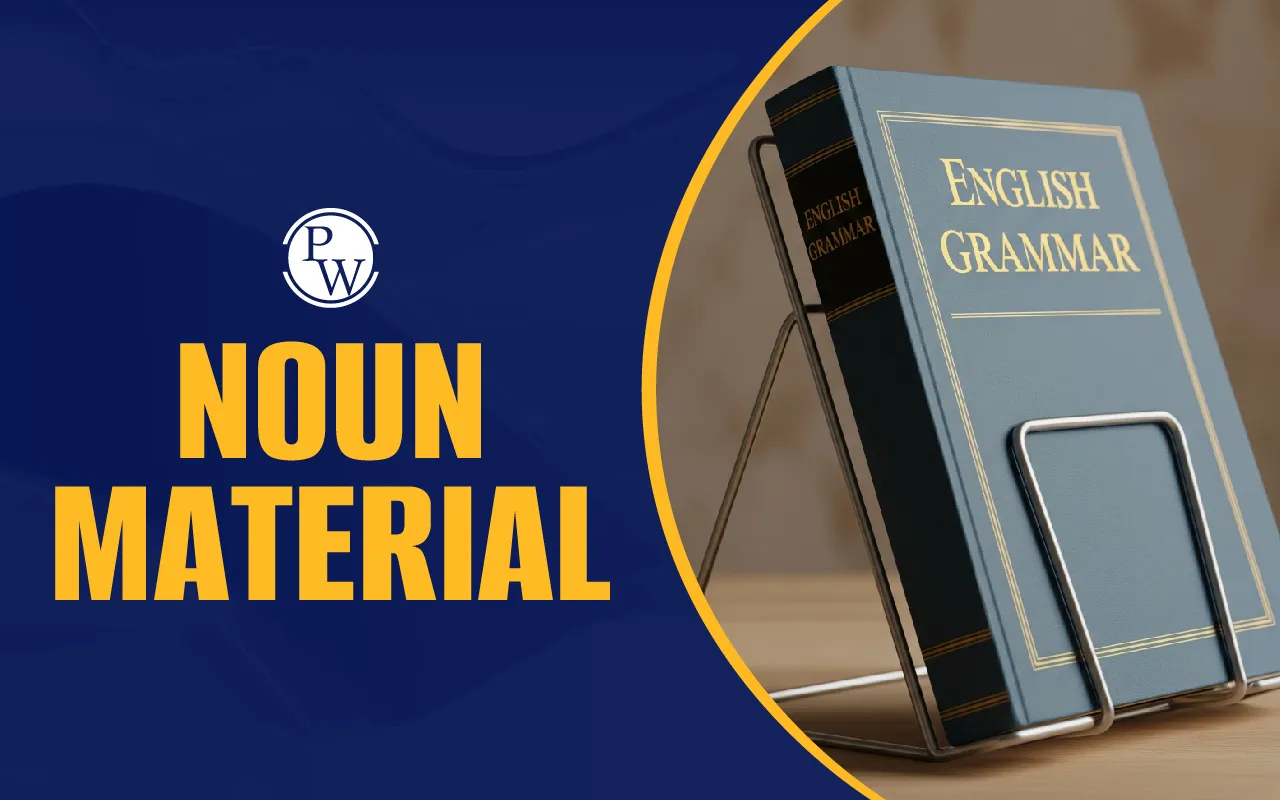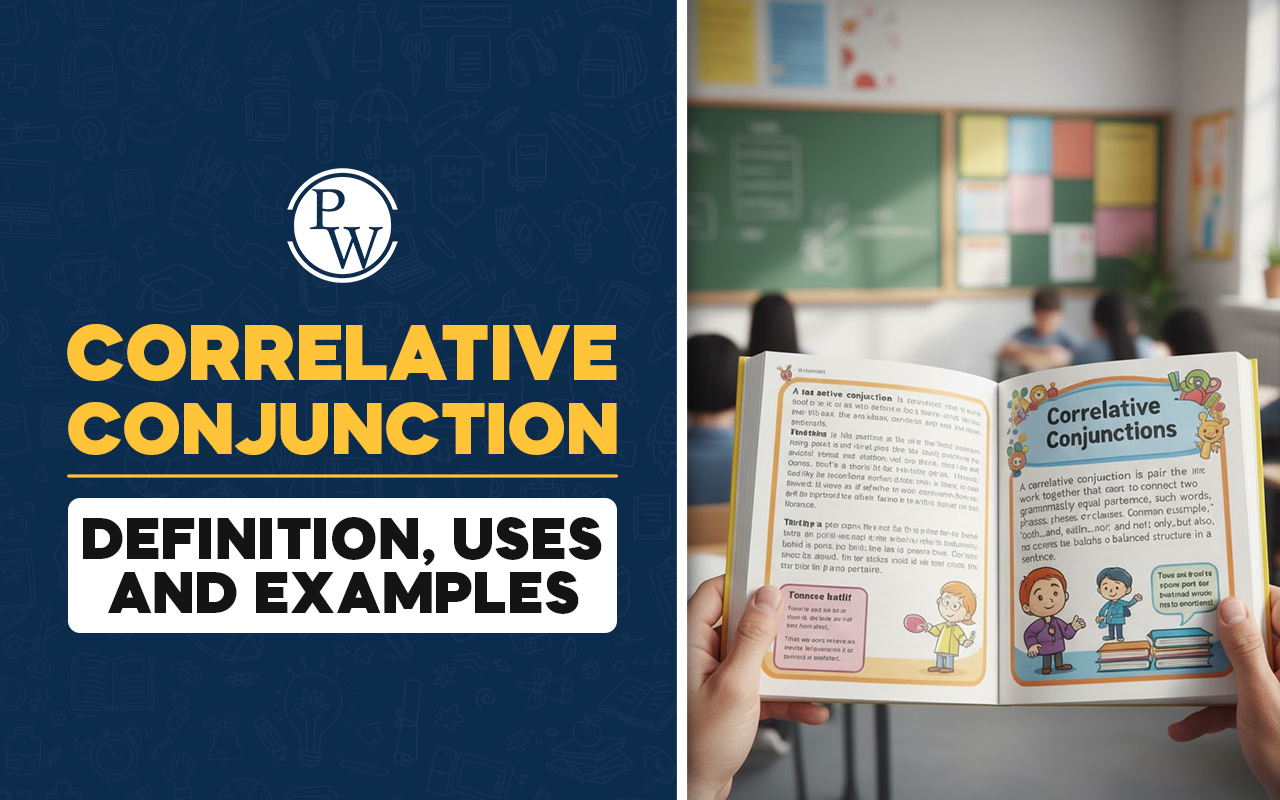

Adverb Clauses: An adverb clause is a group of words that function as an adverb, modifying a verb, adjective, or another adverb within a sentence. Unlike ordinary adverbs, an clause contains both a subject and a predicate. Adverb clauses answer questions such as when, where, why, how, to what extent, and under what conditions. They are typically introduced by subordinating conjunctions like because, although, if, when, since, unless, and while.
What Is an Adverb Clause?
An adverb clause is a dependent clause that acts as an adverb to describe or modify a verb, adjective, or adverb in a sentence. It always contains a subject and a verb and starts with a subordinating conjunction. Being a dependent clause, it cannot stand alone as a complete sentence and needs to be attached to an independent clause.
Examples of Adverb Clauses:
-
I will call you when I arrive. (Answers: When?)
-
He succeeded because he worked hard. (Answers: Why?)
-
She sings as if she were a professional singer. (Answers: How?)
-
You can stay wherever you want. (Answers: Where?)
How to Identify Adverb Clauses in a Sentence?
An adverb clause can be identified by analyzing its structure and function within a sentence. These Clauses modify verbs, adjectives, or other adverbs, providing crucial information about time, place, reason, manner, or conditions. Here are three key ways to identify them:Contains a Subject and a Verb
Unlike single-word adverbs, an adverb clause includes a subject and a verb. It forms a complete thought within its context but depends on the main clause to make sense. Example: I stayed home because it was raining. In the sentence "I stayed home because it was raining," the adverb clause is "because it was raining." It contains the subject "it" and the verb "was raining," explaining the reason for the action in the main clause.Begins with a Subordinating Conjunction
Adverb Clauses are introduced by subordinating conjunctions like because, when, where, if, although, or so that. These conjunctions signal the relationship between the main clause and the adverb clause, such as time, reason, or condition. Example: In the sentence "We will go for a walk if it stops raining," the adverb clause is "if it stops raining." It starts with the subordinating conjunction "if," indicating the condition for the walk.Answers Adverbial Question s
Adverb Clauses answer questions like when, where, why, how, or under what conditions. This makes them easy to identify, as they provide specific details about the action or description in the main clause. Example: In the sentence "She left early so that she could catch the bus," the adverb clause is "so that she could catch the bus." It answers the question "Why did she leave early?" and provides the reason for her action.Types of Adverb Clauses
Adverb Clauses can express different types of relationships between the action in the main clause and the information provided by the clause. These relationships include time, place, reason, condition, purpose, and contrast. Here’s an explanation of each type, along with examples:Time Adverb Clauses
Time adverb Clauses indicate when an action happens in relation to another action or event. They are introduced by subordinating conjunctions like after, before, when, while, since, until , and as soon as. Example : After the show ended, we went out for dinner. The clause "After the show ended" tells when we went out for dinner. The adverb clause modifies the verb "went" by specifying the time of the action.Place Adverb Clauses
Place adverb Clauses specify where an action occurs. They are introduced by subordinating conjunctions like where and wherever. Example :- You will find the key where you left it.
Reason Adverb Clauses
Reason adverb Clauses explain why an action happens. They are introduced by subordinating conjunctions like because, since , and as. Example : I stayed home because it was raining. The clause "because it was raining" tells why I stayed home. The adverb clause modifies the verb "stayed" by providing the reason for the action.Condition Adverb Clauses
Condition adverb Clauses indicate the circumstances or conditions under which the action will occur. They are introduced by subordinating conjunctions like if, unless, provided that , and as long as. Example : If you study, you will pass the test. The clause "If you study" explains the condition under which you will pass. The adverb clause modifies the verb "will pass" by stating the condition for success.Purpose Adverb Clauses
Purpose adverb Clauses explain the goal or purpose of an action. They are introduced by subordinating conjunctions like so that, in order that , and for the purpose of. Example : He left early so that he could catch the train. The clause "so that he could catch the train" tells the purpose of him leaving early. The adverb clause modifies the verb "left" by explaining the goal of the action.Contrast Adverb Clauses
Contrast adverb Clauses show a contradiction or opposing idea. They are introduced by subordinating conjunctions like although, though, even though , and while. Example : Although she was tired, she kept working. The clause "Although she was tired" presents a contrast to her continuing to work. The adverb clause modifies the verb "kept working" by highlighting the opposing condition.| Types of Adverb Clause | |||
|---|---|---|---|
| Type | Question Answered | Subordinating Conjunctions | Example |
| Time | When? | after, before, when, while, since, until | After the show ended, we went out for dinner. |
| Place | Where? | where, wherever | You will find the key where you left it. |
| Reason | Why? | because, since, as | I stayed home because it was raining. |
| Condition | Under what condition? | if, unless, provided that, as long as | If you study, you will pass the test. |
| Purpose | For what purpose? | so that, in order that | He left early so that he could catch the train. |
| Contrast | Despite what? | although, though, even though, while | Although she was tired, she kept working. |
Also Read: Demonstrative pronouns
Adverb Clause Placement Rules
Adverb clauses add important information to a sentence, such as time, reason, condition, or manner, and can be placed at the beginning, middle, or end of a sentence. The placement affects punctuation and the emphasis of the sentence.At the Beginning of a Sentence (Fronted Adverbials)
When an adverbial clause is at the beginning of a sentence, it’s called a fronted adverbial . A comma is used after the clause to separate it from the main clause. This placement emphasizes the adverbial clause. Examples:- If it stops raining, we will go to the park.
- Because she had a headache, she decided to leave early.
- After the movie ended, we went out for ice cream.
At the End of a Sentence
When an adverbial clause is placed at the end of a sentence, no comma is required. This placement is the most common and natural in writing. Examples:- We will go to the park if it stops raining.
- She decided to leave early because she had a headache.
- We went out for ice cream after the movie ended.
In the Middle of a Sentence
Adverbial Clauses can also appear in the middle of a sentence, usually between the subject and the verb. In this case, the clause is set off by commas on both sides. This placement is less common but can be used for stylistic emphasis. Examples:- The children, although they were tired, continued playing outside.
- The teacher, since she wanted everyone to succeed, gave an extra day to submit homework.
- The car, because it had a flat tire, couldn’t move.
Adverbial Clauses Practice Questions for Students
Here are some fun and educational practice questions for kids to help them understand and identify adverbial clauses. Identify the Adverbial Clause: She stayed home because she wasn’t feeling well. Complete the Sentence: We will go to the park if __________. Rearrange the Sentence: He will come when he finishes his homework. Match the Clause to Its Function: Although she was tired, she finished her assignment. (Time, Place, Reason, Condition, Contrast, or Purpose?) Choose the Correct Conjunction: __________ it starts raining, we’ll move indoors. (because, if, when, although) Combine the Sentences: The bell rang. The students left the classroom. Identify the Question Answered: The children played where the grass was soft. (When, Where, Why, How, or Under what condition?) Write a Sentence: Create a sentence using an adverbial clause to explain why something happened. Find the Clause’s Position: If you work hard, you will succeed. Is the adverbial clause at the beginning, middle, or end of the sentence? Rewrite the Sentence: We stayed home because it was raining with the adverbial clause at the beginning. Adverbial clauses are an essential part of writing, adding clarity, detail, and depth to sentences. By learning their types, rules, and placements, you can make your sentences more engaging and meaningful. Whether explaining time, reason, condition, or contrast, adverbial clauses provide crucial context to your ideas. Use this blog as a guide to master adverbial clauses and improve your overall communication.| Related Articles | |
| Adjectives | Tense Chart |
| Conjunction | Preposition |
| Interjection | Proverbs |
Adverb Clauses FAQs
What are subordinating conjunctions in adverb clauses?
How does an adverb clause differ from an adverb?
Can adverbial Clauses stand alone as sentences?
What punctuation rules apply to adverbial clauses?
Can adverb Clauses be replaced by single adverbs?
What is the most common placement of adverbial clauses?












